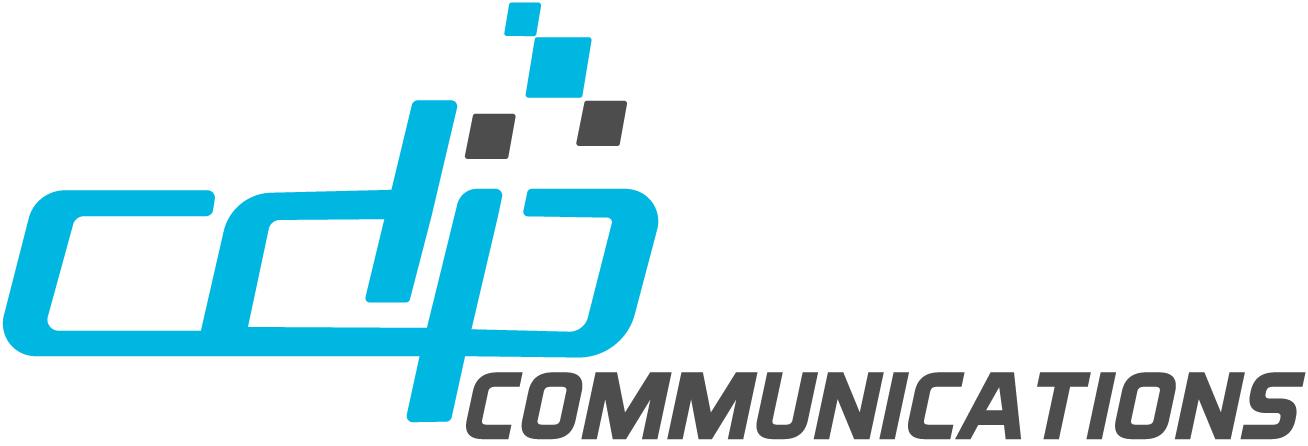Website Accessibility, guided by WCAG standards, and Search Engine Optimization (SEO) are closely related in numerous ways. Developing an understanding of this this relationship can be a real boost to the success of your business, and its public-facing presence online.
Website accessibility refers to the designing and developing of websites that are inclusive and useable for individuals of all abilities. But, it’s also about removing barriers. Ensuring that every visitor, regardless of any physical or cognitive challenge, can navigate and interact with your website seamlessly spreads immense benefits.
Why is Digital Accessibility Important
Legal Compliance: Many countries have legislation in place to guarantee digital content accessibility. A growing number of countries, states, provinces and jurisdictions have made it a legal requirement for website owners to ensure their sites are accessible. As a result, non-compliant site owners may face undesired outcomes, such as lawsuits and fines.
Inclusivity: Approximately 27% of adults in the United States have some form of disability. By prioritizing accessibility, you can create a positive impact on all customers, fostering trust, loyalty, and brand advocacy.
Improved User Experience: Website accessibility also improves user experience for all visitors, including those without disabilities. Clear headers, alternative text for images, and intuitive navigation can all contribute to a positive user experience. Ultimately these can increase conversions.
Overlap Between Web Accessibility and SEO: Several accessibility features come into play, and deserve consideration. These would include headers, alt text, and anchor text. These are used by search engines to inform rankings, meaning that by making your website more accessible, you can indirectly enhance and magnify the effect of your SEO efforts. For example:
Headers create an intuitive, user-friendly content structure that is beneficial… for both users AND search engines.
Alt text for images helps individuals with visual impairments understand and meaningfully engage with image content and context. Simultaneously, search engines use it to identify image content.
Anchor text describes the purpose of a link and contextualizes the destination page for users, but it also does the same for search engines.
Web Content Accessibility Guidelines (aka WCAG)
The Web Content Accessibility Guidelines (WCAG), as developed by the World Wide Web Consortium (W3C), provide a comprehensive set of standards, guidelines, and success criteria for web accessibility. Adherence to WCAG helps ensure your that website is accessible to individuals with disabilities and meets legal requirements.
Web Accessibility Best Practices
To improve website accessibility, consider the following best practices:
- Use clear and concise language in content.
- Provide alt text for images.
- Use descriptive headers and sub-headers.
- Avoid using colour alone to convey meaning.
- Implement responsive design for different devices.
- Ensure clear and consistent navigation.
Testing Website Accessibility and SEO
Automated testing tools will help identify accessibility issues in your website’s code and content. Additionally, user testing, where individuals with disabilities interact with your website, provides valuable insights for improvements. Best practice for success promotes using both methodologies.
To address the search engine, there are also many SEO testing tools available to ensure your website’s optimal performance. Testing a website’s SEO involves a combination of both automated tools and manual checks to ensure the site works well for search engines and user experience. There are reputable SEO audit tools like Google Search Console and SEMrush. These can identify technical issues, analyze backlinks, and track keyword rankings.
Website Accessibility Plan and SEO Needs to Include Working With Developers
Collaboration with web developers to prioritize accessibility in the development process is key. Providing accessibility guidelines and standards, conducting audits and testing, and fostering a mutual understanding of the importance of inclusive design from the start also constitutes an ideal starting line.
Website accessibility and SEO are closely related, and investing in accessibility not only helps you reach a broader audience. It also improves user experience and indirectly enhances your SEO efforts. In effect, prioritizing website accessibility is not just a legal requirement. It’s a way to create an inclusive and user-friendly digital environment for every visitor to your website.
And when it comes to digital creation, humans often seek to replicate the intricate patterns, processes, and experiences that can be found in the natural, physical world. We can’t help ourselves… it is, after all, ‘human nature’.
Case in point: The development of screen readers, designed to aid individuals with visual impairments, (particularly the blind) in accessing and engaging with digital content like websites and applications. This is accomplished through a couple of different ways… One is by auditory means, where the screen reader reads aloud the information displayed on the screen. Another way is through tactile means, wherein the information is transformed/transcribed into Braille. This allows users to perceive it via their Braille machines. Beyond its benefits to the visually impaired, screen reader technology has also proven itself to be invaluable to neurodivergent individuals, and others. There is in fact a growing number of people using assistive technology for various reasons.
The origins of the screen reader trace back to 1986 when Jim Thatcher created the first version for IBM. He tailored to the Desktop Operating System (DOS). In its early stages, this groundbreaking technology was exclusively available within the confines of IBM. However, as time progressed, various other companies followed suit and developed their own screen readers, albeit compatible only with specific operating systems. As is customary with technology, it adapts and evolves in response to user needs and market demands. At present, the market is dominated by two main tech contenders: JAWS and NVDA. Together, these claim over 80% of desktop and laptop screen reader users, according to recent tech industry surveys.
The Capabilities of Screen Reader Technology Extend Beyond Mere Content Consumption
These tools incorporate essential controls that empower users to efficiently navigate through vast amounts of digital material. Operating solely via keyboard commands, screen reader users can easily engage with and navigate websites or documents. This offers them precise access to headings, links, prominent page sections (known as “landmarks”), and other relevant content.
Commands within a screen reader facilitate navigation on various levels, from characters to lines, paragraphs, and elements. For instance, employing the ‘Tab’ key propels the user to the subsequent item on a page. This navigational logic aligns with the embedded hierarchies present in content writing. This encompasses titles, subtitles, headlines, body copy, multi-level lists, and more.
During navigation, the screen reader dutifully announces each piece of content, going above and beyond mere recitation. It renders the entirety of the screen audible, encompassing interactive elements like buttons and menus. Users gain insights into informative metadata, such as alternative text assigned to images and specialized accessibility information, enriching their digital experience.
In a parallel domain, web crawlers (commonly known as ‘spiders’) operate on analogous principles. They draw from the logical organization within the information architecture and adhere to HTML rules. Beginning from a seed URL, the web crawler consumes the web page’s HTML. It scours for links to other URLs, which, in turn, are added to the crawl queue and subsequently explored. This iterative process involves URLs being removed from the crawl queue once crawled and new URLs being discovered, thus perpetuating the crawling sequence.
So, technology, in its quest to emulate the intricacies and patterns of the natural world, has birthed screen reader systems. Thus empowering individuals with visual impairments and neurodivergent traits. Through their remarkable capabilities, these screen readers facilitate seamless navigation of digital landscapes, transforming the way users interact with online content. Concurrently, web crawlers, functioning on analogous principles, work feverishly in the background to index and organize the vast expanse of information available on the internet, perpetuating the cycle of digital exploration and knowledge acquisition… And that’s how Digital Accessibility works hand-in-hand.
So as you can see, Website Accessibility and SEO are closely related in numerous ways. Embracing Accessibility means simultaneously harnessing the power of SEO and all of the benefits it can bring to any organization. Both digital accessibility and SEO have compelling features and benefits, but the fact that they work together to create broader benefits is truly powerful.




